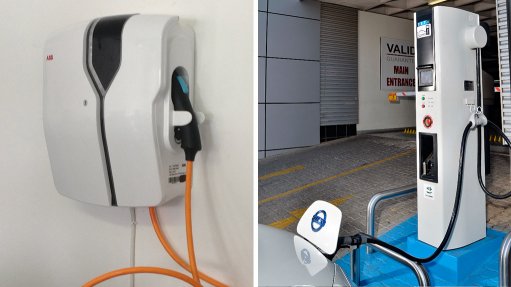
Electric vehicles (EVs) were likely to exceed two-million units globally by 2020, as deteriorating air quality levels in highly industrialised nations force governments to introduce radical measures to limit emissions, consulting firm Frost & Sullivan said on Thursday.
However, its ‘Strategic Analysis of Emission Control Programs in Key Markets Towards 2020’ report found that, while alternative propulsion vehicles continued to make inroads in several countries, internal combustion engine vehicles would still constitute close to 95% of total production by 2020.
Transmission technologies, such as dual-clutch transmissions and high-speed automatics, would increasingly gain acceptance in large and small vehicle segments aimed at reducing friction and boosting fuel efficiency, the report stated.
“In North America, higher pressure gasoline direct injection systems, spray guided injection, advanced electric assisted solutions and waste gate turbo technologies will be key areas of focus.
“European countries will enforce stronger regulations for nitrogen oxide and particulate matter emissions in diesel vehicles,” said Frost & Sullivan automotive and transportation senior research analyst Sudeep Kaippalli.
Unfortunately, not enough was being done to increase consumer acceptance of low-emission technologies. In regions such as China and the UK, where radical emission control measures were being introduced, factors that created buyer acceptance – charging infrastructure and selling price incentives – would need to be spruced up to attract customers.
“Expanding the network of fast-charging stations through public or proprietary models will be crucial to eliminate range anxiety and encourage the purchase of alternatively propelled vehicles.
“Such efforts will widen the scope of the EV service equipment industry in the short to medium term and play a significant role in improving global emission control,” explained Kaippalli.